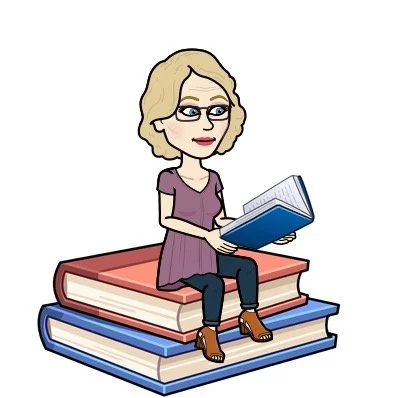I went to a public school, and I am a proud public-school graduate. In first grade, we were divided into reading groups within our own class (beginner to advanced). I started out somewhere in the middle of the pack.
In fifth grade, my teacher, Mrs. Hess, was also my teacher for Language Arts and Science. Starting in fifth grade, students were divided into ability-based groups for Language Arts, Science, and Math.
I was in the first class utilizing the open classroom concept after my elementary school underwent renovations. We had four fifth-grade classes arranged in classrooms/pods with tables instead of desks. The classrooms were separated by moveable partitions. It was an adjustment to filter out the noise from the other classes, but after a while, it was easy. It was also easy and fast to change classes for different subjects.
In addition to Language Arts class, we were further divided into Reading groups. At first, I didn’t understand why I had Mrs. Hess for Language Arts and Mr. Roach for Reading. Then, I learned about reading comprehension skills. It’s not enough to just know how to read – the skill we mastered in first grade. By fifth grade our teachers wanted us to comprehend what we were reading and begin using critical reasoning skills. We used a program known as SRA – short for Science Research Associates, the company that designed the program. We read story cards independently then answered questions about what we read to test our comprehension and reading speed. Each reading level had mastery goals we had to meet before we advanced. We also read aloud in the group to make sure we were also honing our pronunciation skills, awareness of punctuation, and moderation of volume and speed. All incredibly helpful skills.
In Language Arts we studied punctuation, grammar, and writing. Mrs. Hess assigned daily writing prompts. We had to write a paragraph about the prompt. Once a week we had to write a short story from an assigned writing prompt. Sometimes, we read our stories to our classmates. It was surprising how differently 10/11-year-olds interpreted these prompts. My friend Jan Dill wrote great stories. She inspired me to look beyond the obvious interpretation of a prompt. That can be tricky because if you’re supposed to write a story about a cow you can’t get away with writing about a chicken or a pig because you like them better. You still have to write about a cow. The trick is to find something unique about the cow or the situation the cow finds itself in.
By listening to or reading other people’s interpretations of the same prompt, we learn to expand our imagination and see a cow or situation in different ways. It makes us better writers because it gives us more opportunities to highlight our strengths or work on our weaknesses. Our readers benefit because they are treated to the best our imagination has to offer.
Do you like writing prompts? Do you use them regularly? I do, and I highly recommend using writing prompts to prevent writer’s block.
I started writing a series of stories featured in a spring issue of This Awful Awesome Life using a single writing prompt. Some years I wrote all five of the stories. Other years I invited other writers to contribute their talents.
This year, I wrote five stories inspired by this quote from the incomparable, Dolly Parton, “You gotta bloom where you’re planted.”
I hope you like them!







